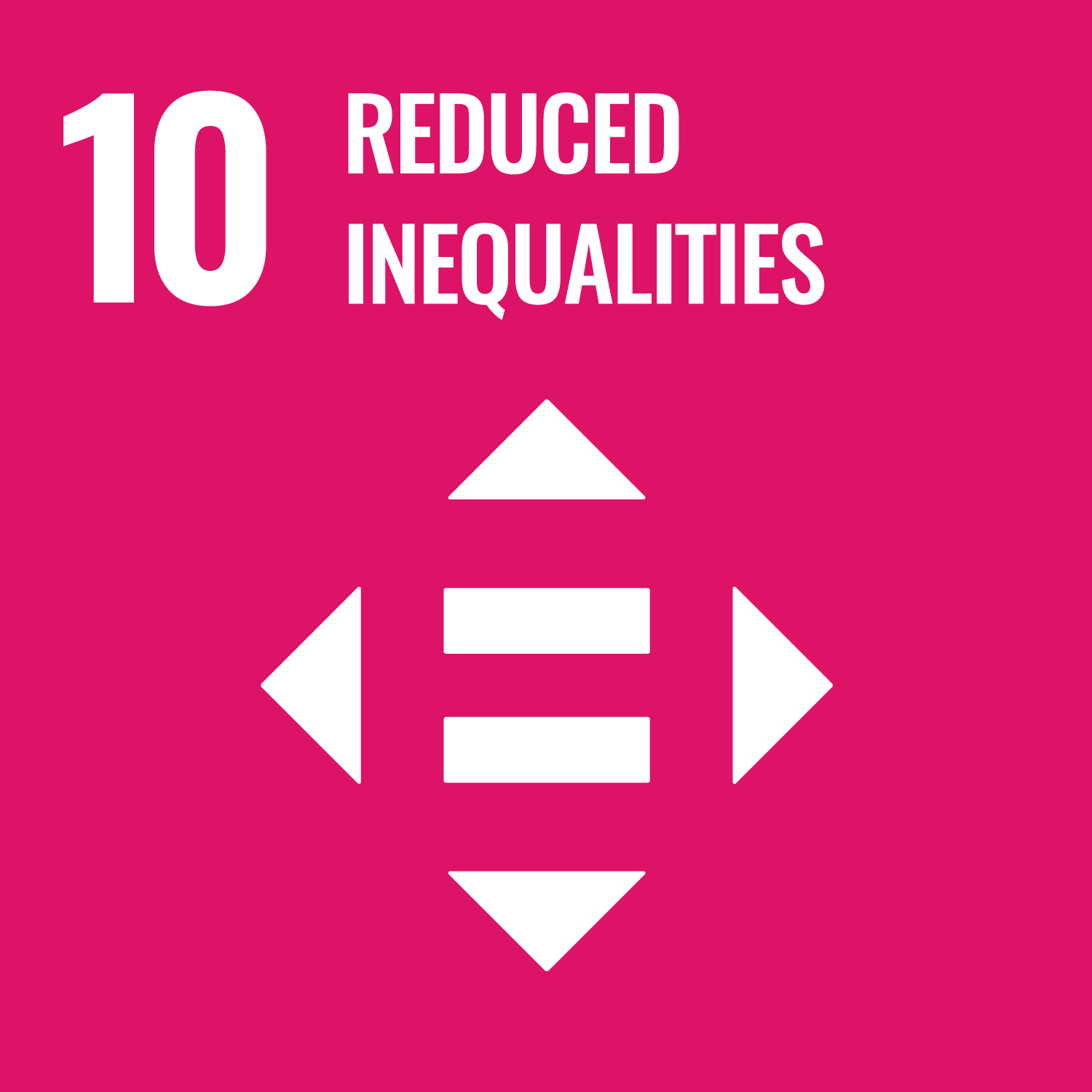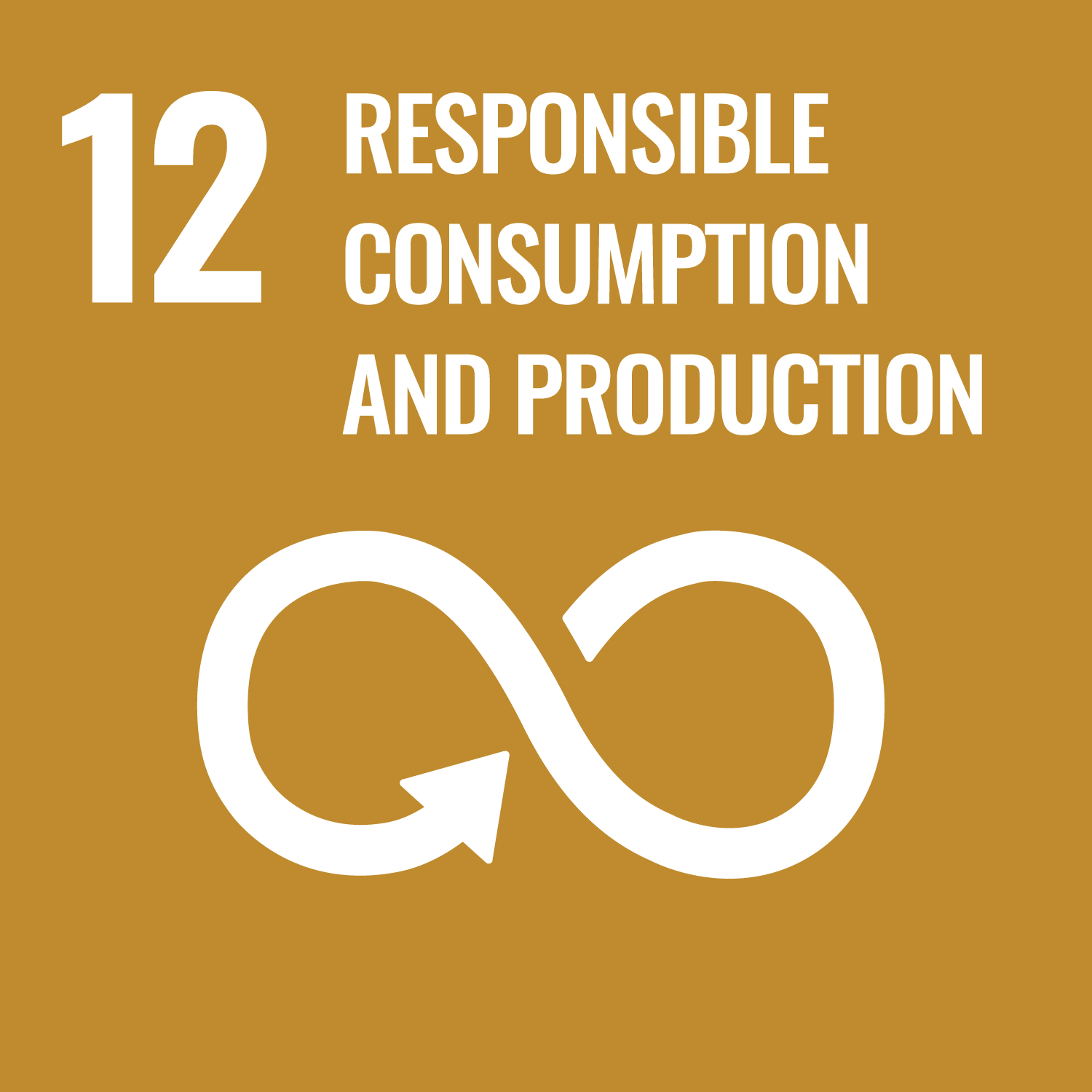Color and shape are critical components of design expression. We would like to look at the color theory in terms of design
in this lecture. By combining theory and perceptual experience, it intends to empower students to make effective use of color.
In the first half of the course, students will learn the fundamentals of the eye's mechanism and light, as well as the meaning
of terminology, color names, and color harmony. In the second half, we will emphasize color planning in the disciplines of
printing, web, color management, and environment/interior design, after a review of color psychology. In the second half of
the course, we will focus on color planning in the disciplines of printing, web, color management, environment, and interior
design.
The goal of this course is to teach you the fundamentals of color theory. In addition, based on theoretical understanding,
we hope to develop the ability to employ color in future practical design.
- Being able to observe color as a design aspect.
- Being able to understand psychological characteristics of color.
- Being able to understand functions of color communication.
| Class schedule | HW assignments (Including preparation and review of the class.) | Amount of Time Required | |
|---|---|---|---|
| 1. | Orientation: Why We Learn Color Theory: Three Aspects to See Color | Read the textbook | 200minutes |
| 2. | Ocular System: History of ophthalmology, Color Vision | Read the books of ocular system | 200minutes |
| 3. | Optics: Solar Light, Natural Light, Spectrum, Artificial Lighting, Spectrum, Unit of Light | Read the books of optics | 200minutes |
| 4. | Three Attributes of Color (1) : Hue, Value, and Chroma: Various Aspects of Color: Principle Color, Complementary Color, Color Appearance | Read the books of color order system | 200minutes |
| 5. | Three Attributes of Color (2) : Color Solid, PCCS tones, and perceptive color model | Read the books of color order system | 200minutes |
| 6. | Numerical Color Models: Ostwald, DIN, XYZ color order systems | Read the books of color order system | 200minutes |
| 7. | Color Harmony : Texture | Mid-Term Report | 200minutes |
| 8. | Color Psychology (1) : Symbolism, Color Preference, Local Characteristics, Co-operate Identity, Visual Identity, and Fashion Color | Read the textbook | 200minutes |
| 9. | Color Psychology (2) : Illusions, Contrast, Op-Art, gestalt psychology | Read the books of optical illusions | 200minutes |
| 10. | Color Psychology (3): Color and Communication, Safety, Visibility, Legibility | Read handouts | 200minutes |
| 11. | Color Culture: Color and race, ethnic groups Film |
Review of past weeks | 200minutes |
| 12. | Color Culture: Color and race, ethnic groups | Read handouts | 200minutes |
| 13. | Lecture by Guest Speaker Color Scheme: Product, Architecture, Environment Design, Universal Design |
Review of past weeks | 200minutes |
| 14. | Exam or Essay | Final exam, essay or report | 200minutes |
| Total. | - | - | 2800minutes |
| Essay | Assignments | Attendance | Total. | |
|---|---|---|---|---|
| 1. | 20% | 15% | 25% | 60% |
| 2. | 10% | 15% | 25% | |
| 3. | 5% | 10% | 15% | |
| Total. | 35% | 40% | 25% | - |
All essays, assignments and reports (75%) are inclusively evaluated. If a student is absent for more than 5 times, he/she
is automatically failed.
Brent Berlin and Paul Kay "Basic Color Terms -- Their Universality and Evolution", University of California Press, etc., 1969,
1999
Kyoko Hidaka "Color Categorization", Kyoto University Press 2021
Kyoko Hidaka "Color Categorization", Kyoto University Press 2021
To purchase the textbooks.
In addition to the textbooks, lists of reference books will be distributed, as well as told materials, museum visits and application software if necessary.
In addition to the textbooks, lists of reference books will be distributed, as well as told materials, museum visits and application software if necessary.
- After class, write questions, or problems on a small sheet of paper and hand it to the Professor to be answered in the following week.
- Course that cultivates an ability for utilizing knowledge
- Course that cultivates a basic self-management skills
- Course that cultivates a basic problem-solving skills
| Work experience | Work experience and relevance to the course content if applicable |
|---|---|
| N/A | N/A |




- 4.QUALITY EDUCATION
- 5.GENDER EQUALITY
- 10.REDUCED INEQUALITIES
- 12.RESPONSIBLE CONSUMPTION & PRODUCTION
Last modified : Tue Mar 01 12:10:45 JST 2022

